
Zurich exhibition illuminates Saul Steinberg

Saul Steinberg's drawings for The New Yorker magazine have become legendary. But there was more to the cartoonist than this work, as an exhibition in Zurich aims to show.
Around 100 pieces of art by the late Steinberg have been gathered at the city’s Kunsthaus Fine Arts Museum, in the first ever retrospective on the artist in Switzerland.
Few people in Switzerland may recognise the name straightaway, but many may be familiar with the modernist, clean lines of his drawings.
His observations of American life were frequently seen on the cover of The New Yorker, with which he was associated for 60 years before his death in 1999.
One of his best known covers is his 1976 “View of the World from 9th Avenue”, which shows the world as seen by self-absorbed city residents – primarily New York, with a narrow vision of “elsewhere” being what lies, in a somewhat condensed form, across the Hudson river.
“Many might perhaps know him as an illustrator and humorist, and as a commercial cartoonist, but his work goes far beyond these drawings,” said Tobia Bezzola, the curator of the Zurich exhibition.
Both Steinberg’s magazine art and his work for galleries are displayed at the show, whose European tour – Zurich is the second stop – has been organised with the help of The Saul Steinberg Foundation in New York.
The Romanian-born Steinberg, whose artistic circle included the Swiss Le Corbusier and Alberto Giacometti, as well as French photographer Henri Cartier-Bresson, should not be underestimated, said foundation director Sheila Schwarz.
More than cartoons
“He was simply an artist, an unconventional one, but a true artist because no other cartoonist could have produced what he did,” she explained.
A look round the “Saul Steinberg: Illuminations” exhibition, which runs until November 2, seems to bear out this view.
What strikes the visitor is not only the precision of Steinberg’s pen strokes and the elegance and irony of the tone, but also the variety of techniques, forms and content present in his oeuvre.
His simple, linear style is already apparent in his first drawings of the 1930s, which were carried out for the Italian satirical magazine il Bertoldo. They include one of his most recurrent – and pointed – characters of the period, the devastating, pro-Mussolini Aunt Elena.
After Steinberg arrived in the US, he devoted his attention to American post-war society – to great effect – combining an anthropologist’s eye with his artistic flair to produce drawings of ever increasing incisiveness and quality.
In the 1950s Steinberg moved towards depicting a parallel world, using stamps and masks. Calligraphy also played an increasingly significant role.
Later his work took a more philosophical turn, with the scope turning outwards into what he called “political reality” and inwards, into more personal feelings.
Steinberg the “noticer”
“Steinberg can be described as a ‘noticer’, someone who is aware and thinks, perhaps this is his secret,” said Bezzola.
“He saw so many things in everyday life that others simply did not see. He took these observations and turned them into his drawings, always using a different style and new ways of expression.”
Even when he addressed different themes, explained Bezzola, he always managed to find the right “visual language” for his message.
The Jewish Steinberg was forced to flee Romania and then Italy because of the anti-Semitic climate around the Second World War. He also spent a year in the Dominican Republic, awaiting his US visa, before arriving in New York in 1942.
“His background as an immigrant played an essential role in his art,” said Schwarz. “Steinberg was always the outsider looking into a culture.”
“His origins allowed him to take in the reality of what surrounded him with a certain distance, helping him to highlight the pretentious and ostentatious nature of people, places and cities.”
Schwarz believes it is time for Europe to rediscover Steinberg. He used to be well known on this side of the Atlantic because he was exhibited regularly in France, Britain, Germany and Italy, especially in the early 1950s.
“We therefore want to revive him with his old fans and at the same time make him known to the new generations of art lovers,” said Schwarz.
swissinfo, based in an article in Italian by Paola Beltrame in Zurich
“Saul Steinberg: Illuminations” runs until November 2, 2008. It shows 100 of his works, including drawings, collages and objects.
It originally opened in 2006 in the US, where it had a long tour. It has now started its European leg. Zurich is the second stop after Paris. It will then move on to the Dulwich Picture Gallery in London and then the Museum für Kunst und Gewerbe, Hamburg.
The show is travelling in Europe under the auspices of The Saul Steinberg Foundation.
Steinberg was born in Romania in 1914 into a bourgeois Jewish family. He left Bucharest aged 19 to flee anti-Semitism.
In 1933 he went to Milan, where he graduated in architecture and started his artistic career as a cartoonist for satirical magazine il Bertoldo.
Forced to leave fascist Italy by the anti-Semitic laws, he went to Santo Domingo where he waited for a US visa. In 1942 he reached New York, where he started his long collaboration with The New Yorker.
In 1943 he became a US citizen.
During the Second World War, he worked for military intelligence, stationed in China, North Africa, and Italy. He also sent back drawings from there.
In 1945 he published his first collection of drawings as “All in Line”. He started to show his work in important museums and gallery in the US and Europe.
He died in 1999 in New York.

In compliance with the JTI standards
More: SWI swissinfo.ch certified by the Journalism Trust Initiative

























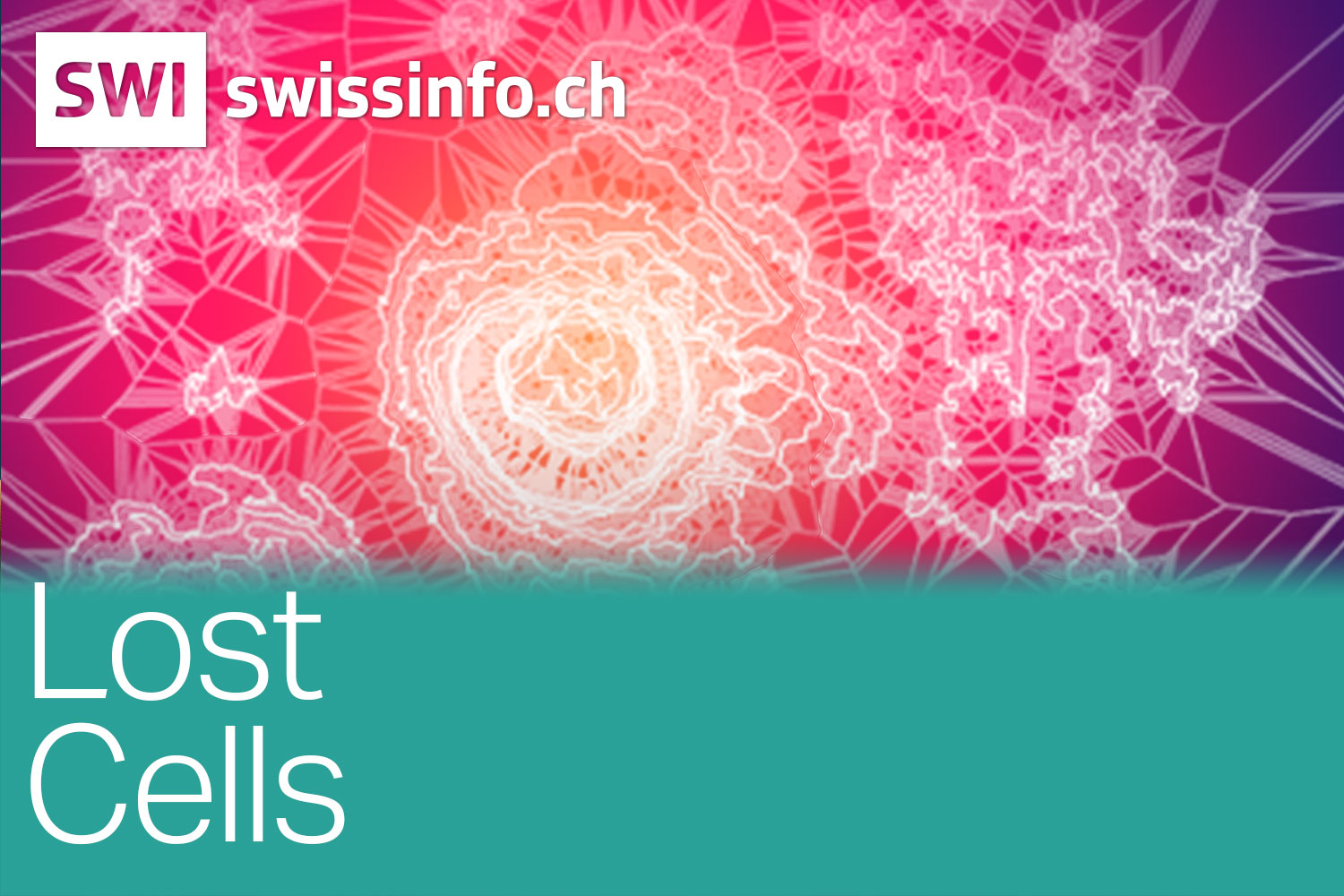






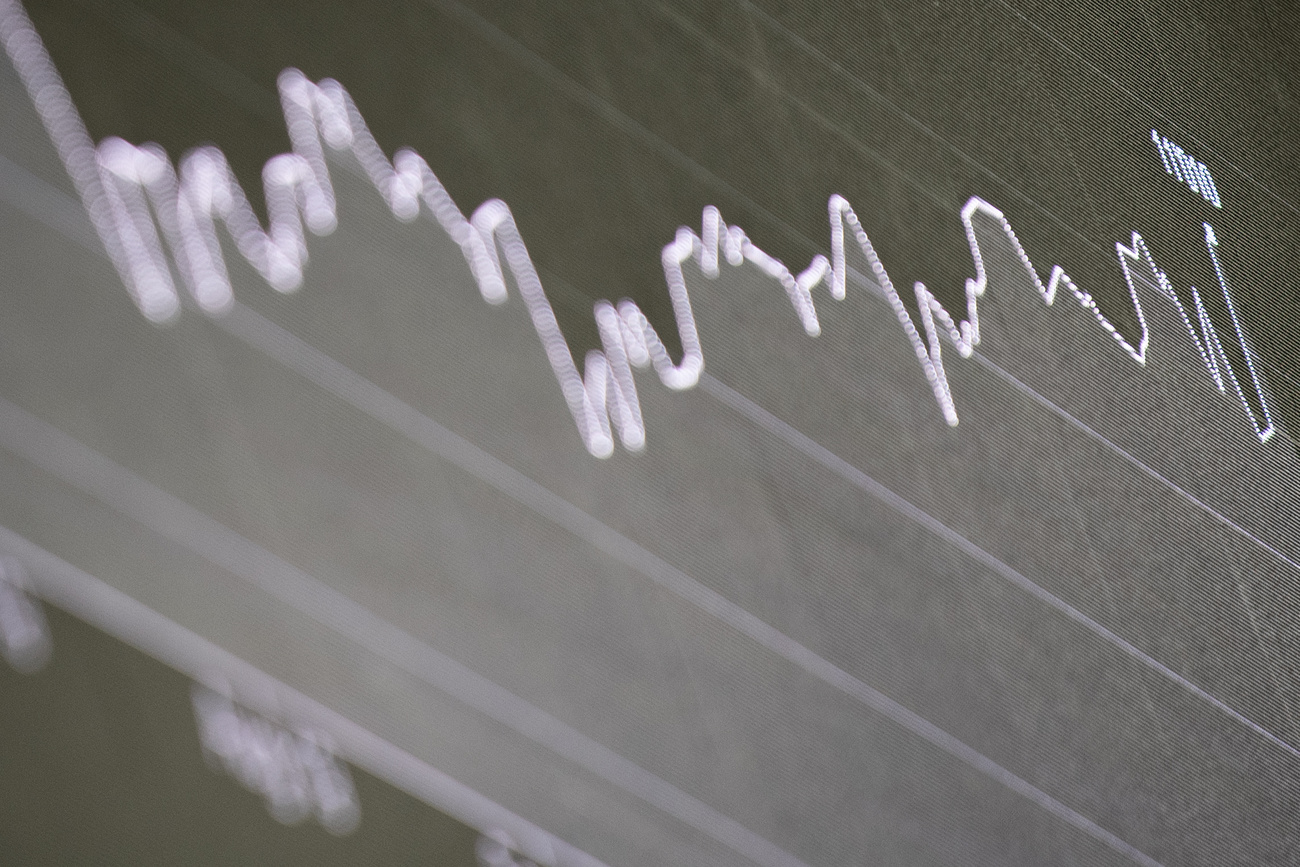
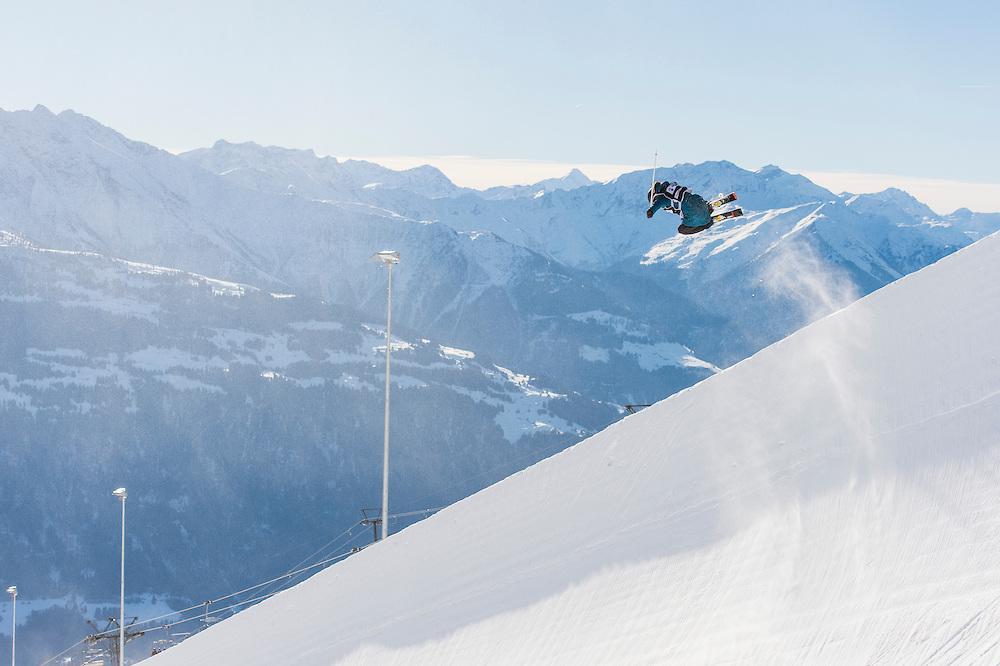
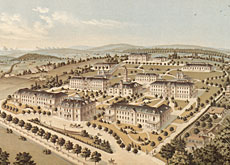

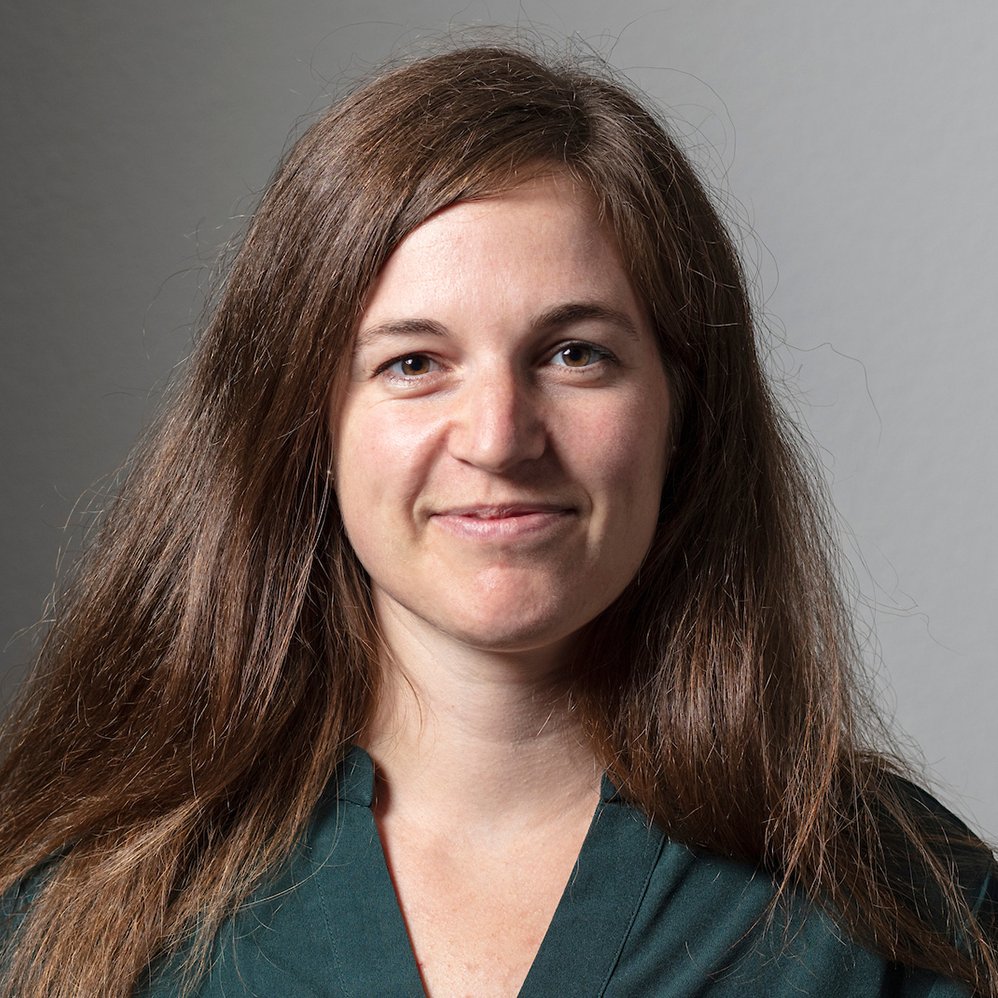
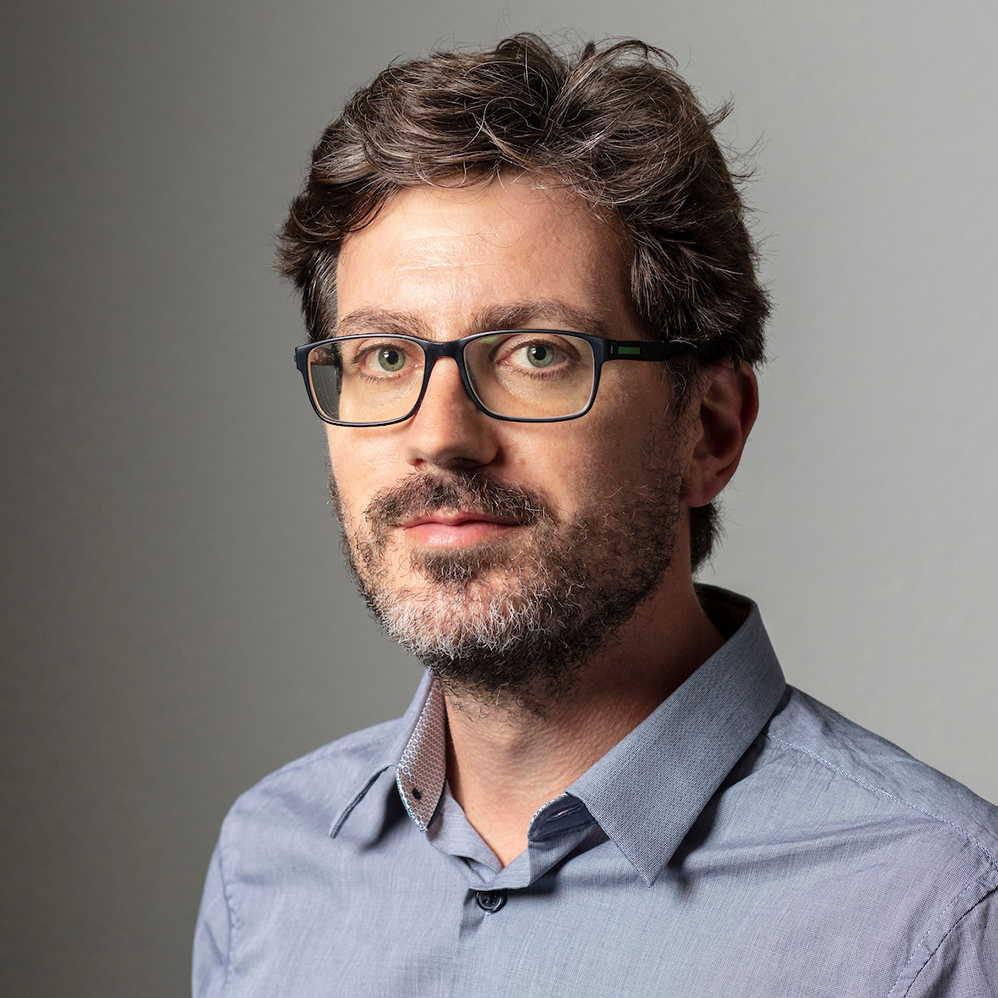


You can find an overview of ongoing debates with our journalists here . Please join us!
If you want to start a conversation about a topic raised in this article or want to report factual errors, email us at english@swissinfo.ch.